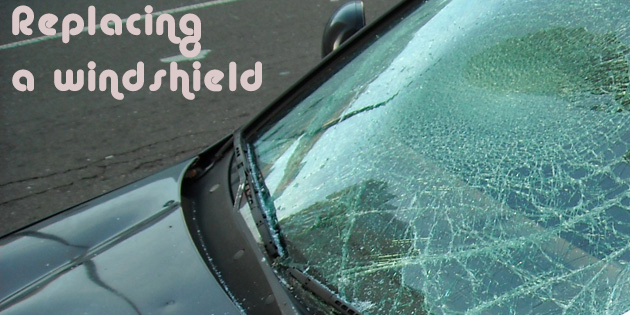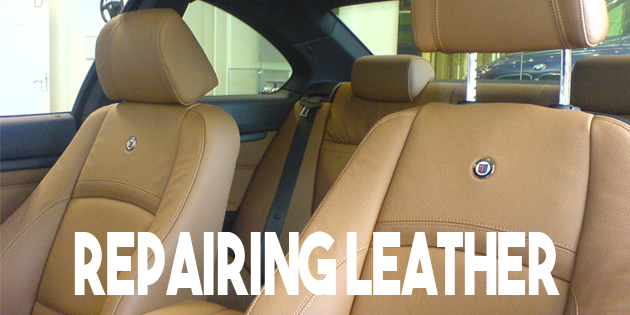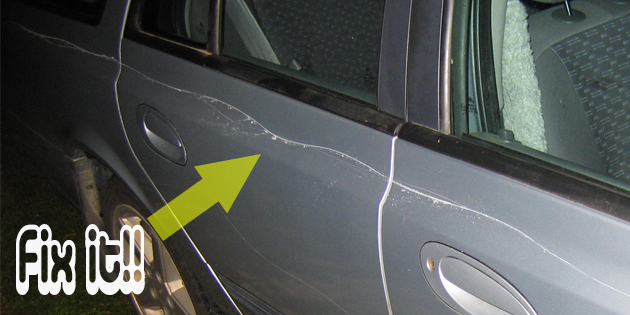The possibility of sustaining irreparable damage to your windshield is part of car ownership, but if you thought replacing a windscreen yourself was impossible, you might be surprised to learn that it is not so.
In fact, replacing a windshield on a DIY basis is not difficult at all, and you can even save 40% or more of the cost of the replacement if you do it yourself.
All you need to replace your own windshield are some basic tools and supplies, a couple of hours of free time, and this handy step-by-step guide.
However, if you want to see a practical demonstration on how to replace a Ford F150 windshield, watch the video down below.
Enjoy!
Video: Ford F150/F250 Windshield Replacement
In the video above, you will learn how to replace a windshield on a Ford F150 or F250 truck.
Time required to replace a Ford F150 windshield.
Typically, you would need about two hours to replace a Ford F150 windscreen, but this can vary somewhat depending on how long it takes to remove the old sealant from the windshield opening (which may or may not be a challenge).
Is it difficult to replace a Ford F150 windshield?
The only thing that makes replacing an F150 windshield difficult is the fact that it is almost impossible to do on your own.
You will require the help of an assistant to both lift the old windshield out of the vehicle, and to place the replacement in place without moving it around- which will get sealant all over the inside surface.
Special precautions required when replacing a Ford F150 windshield:
- Take special care when working with solvents. They are not only flammable, but may attack painted surfaces, so do not spill solvents on the vehicle’s paintwork.
- Do NOT use silicone-based sealants when replacing a windshield. This type of sealant releases acetic acid during the curing process that is known to cause corrosion in the metal underlying the windshield.

Equipment required to replace a Ford F150 windshield:
- Replacement windshield
- An assistant
- Cutting tool to remove old windshield. You can use a double-handle draw knife (aka carpet knife) or piano wire
- Automotive trim removal tool
- Putty knife or gasket scraper
- 2 large suction cups
- Automotive-grade urethane-based sealant. (Available from auto glass replacement shops.)
- Primer that is compatible with the sealant. (Available from auto glass replacement shops)
- Caulking gun to apply sealant
- Solvent (eg. Naphtha or acetone)
- Rags
- Two blocks of wood or other soft material that just fit between the bottom edge of the old windshield and the body work. You will need these block later to support the new windshield, but also to locate the new glass correctly.
Step 1: Remove the windshield trim.
Use the trim removal tool to pry the plastic trim out of its retaining clips, but take great care not to apply too much force, which will either bend or break the trim.
If either of these things happen, you will have to replace the trim since it cannot be repaired.
TIP: You may discover some rusted of corroded clips under the trim. If you do, take a good clip as a sample to a body shop to get replacements, since Ford dealers do not carry these clips.
Step 2: Remove the old windshield.
If you find it tough cutting through the old sealant with the knife, thread a length of piano wire though the sealant between the glass and the body work.
Wrap the ends of the wire around some sort of handle, and perform a sawing motion with your assistant inside the vehicle.
Keep a tight grip on the windshield to prevent it sliding down the hood when you cut through the sealant on the bottom edge.
WARNING: Make sure the suction cups are located securely on the glass before trying to lift the windshield out of the vehicle.
You need to lift the old windshield over the hood, and serious damage to the hood could result if one suction cup should fail.
Step 3: Remove all the old sealant.
You now need to remove all of the old sealant to ensure the best possible seal for the new windshield. Use the gasket scraper or putty knife to lift the old sealant, but be aware that this might be difficult.
The old sealant will be dry, and very tough, so use care to prevent the tool slipping and damaging the interior of the vehicle.
Use slow steady pressure to cut through the sealant, but at the same time, avoid scratching through the underlying paintwork.
Remove the last traces of old sealant with a rag soaked in solvent, and make absolutely sure that no clumps or lumps of old sealant remains.
Such lumps could cause the new windshield to leak, or worse, crack when you apply pressure to it to seat in on the new sealant.
Step 4: Prepare the glass.
Use solvent and a rag to clean the inner edge of the glass to remove all traces of oil, dust, grease, and other contaminants that could interfere with the sealant.
Also give the seating surface on the body work another rub down with solvent to ensure that it is perfectly clean and free of dirt.
NOTE: It is vitally important that the edges of the glass be primed with a suitable primer. The primer increases the bond strength of the sealant, so be sure to follow the instructions that came with the primer exactly.
Step 5: Prepare the body work.
Apply primer to the edges of the body work where the replacement windshield will sit.
Allow to dry as per the instructions, and follow up by applying the sealant to the body work with the caulking gun.
TIP: Apply an even bead of sealant, and make sure there are no gaps. Apply the sealant by pushing the caulking gun ahead of the deposited bead to ensure a better bond with the metal.
Step 6: Fit the new windshield.
Before you lift the new windshield in position, place the previously prepared supporting blocks in position to support the weight of the windshield.
Lift the new windshield so that its bottom edge rests on the blocks, and tilt it toward the opening allow it to settle onto the bead of sealant.
To ensure a proper seal, push down on the EDGES of the glass until the it is flush with the surrounding body work. Pushing down on the centre of the glass will almost certainly crack the windshield.
Step 7: Clean of all excess sealant.
Remove excess sealant from the opening between the glass and the body work. However, you will not be able to remove it all; only remove the excess that protrudes above the level of the glass.
Leave the remaining sealant in the groove to decrease the possibility of water leaks.
Step 8: Refit the trim and clean the glass.
The sealant should hold the glass in position after a couple of minutes, so remove the spacing blocks, and refit the trim around the windshield.
Remove all traces of sealant from the glass with some solvent and a rag, but avoid using excessive pressure at this point that could cause the glass to move out of position.
NOTE: Do not allow the sealant to cure for more than few minutes before refitting the trim. Too much cured sealant in the groove between the glass and the body could prevent the trim from seating on the clips.
Step 9: You’re done!
I hope you were able to replace your windshield successfully. If you have a question, leave a comment down below and I’ll try my best to help you out.
Did you enjoy learning about replacing a windshield on a Ford F150?
If so, please share this article on social media and leave a comment down below. It helps us help more people. 🙂 Thank you for reading!





No Comments